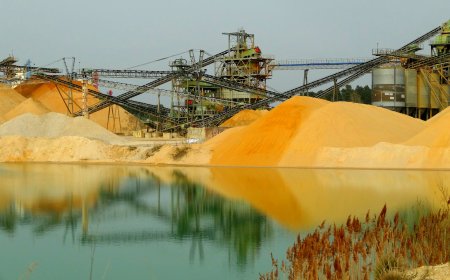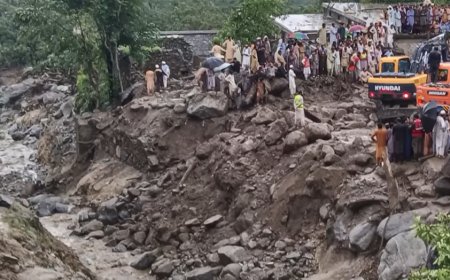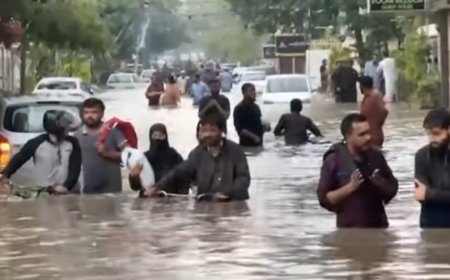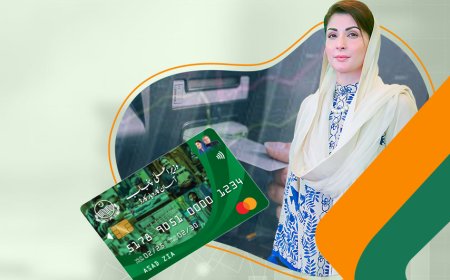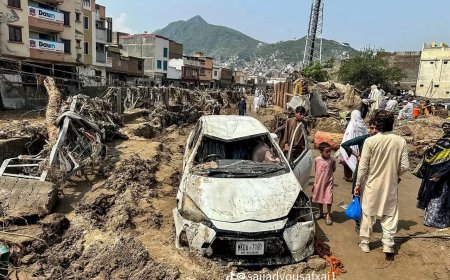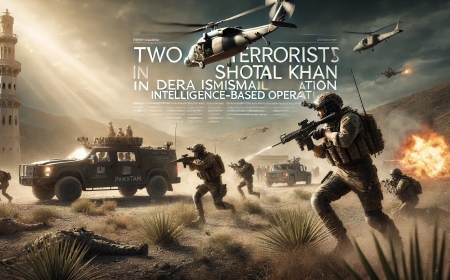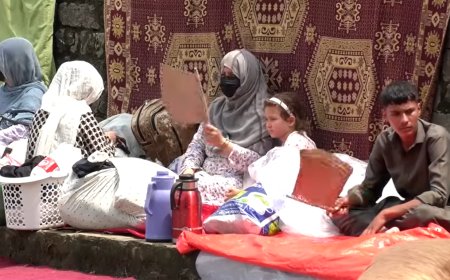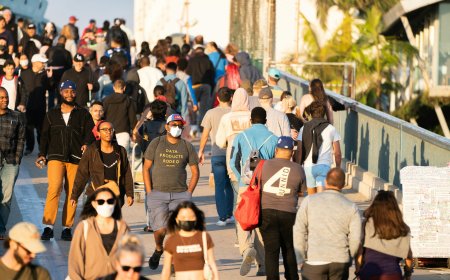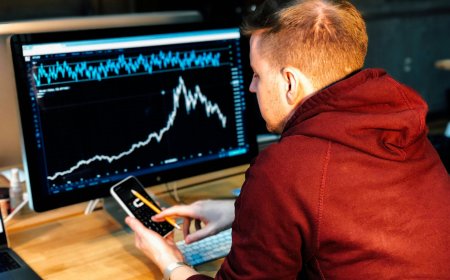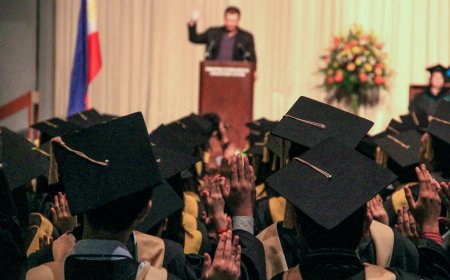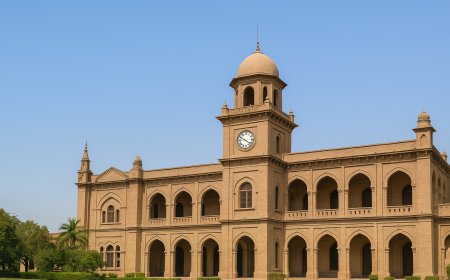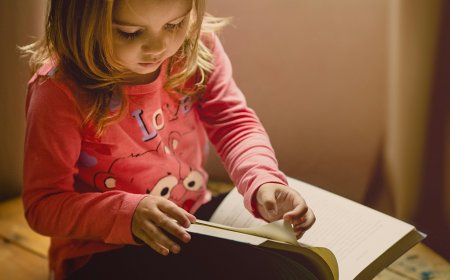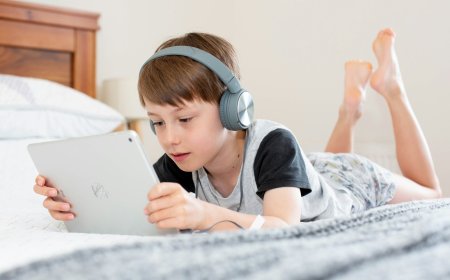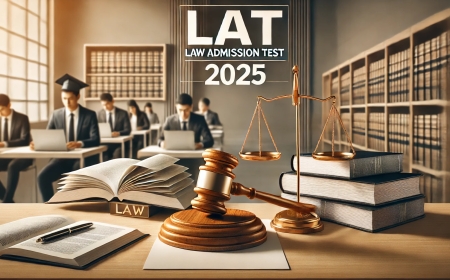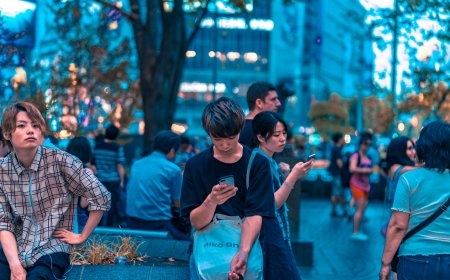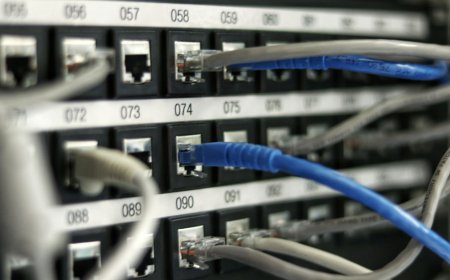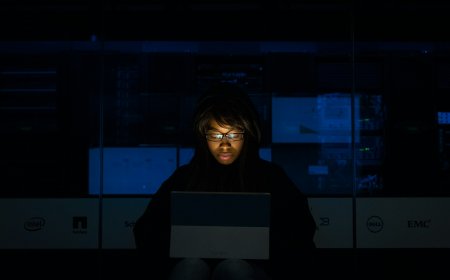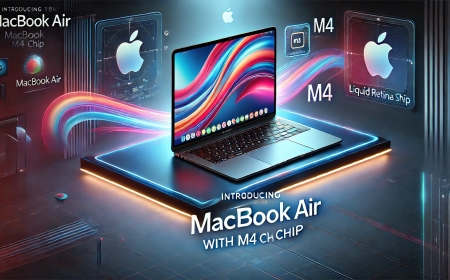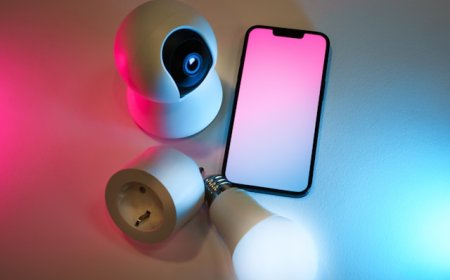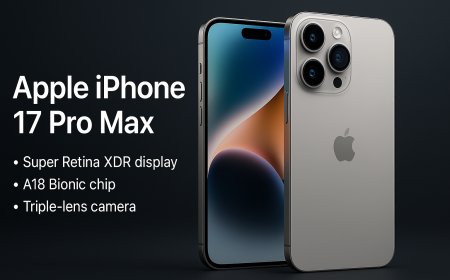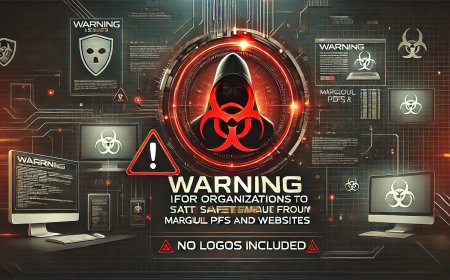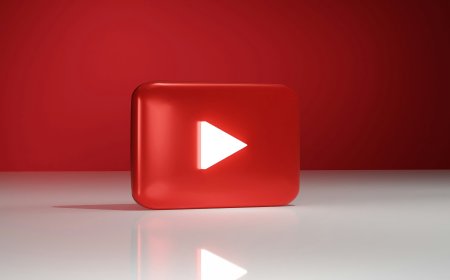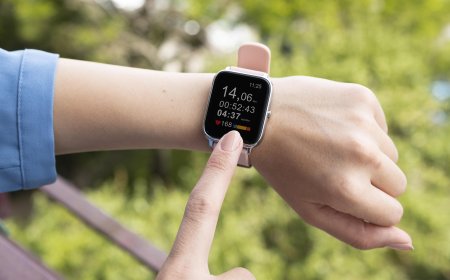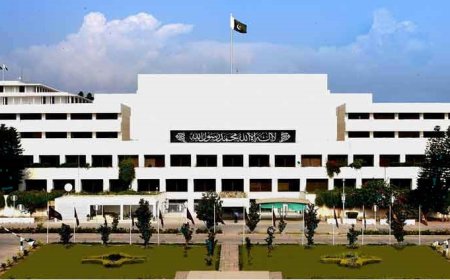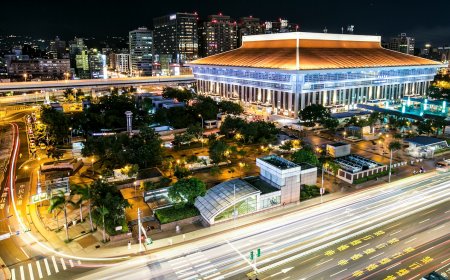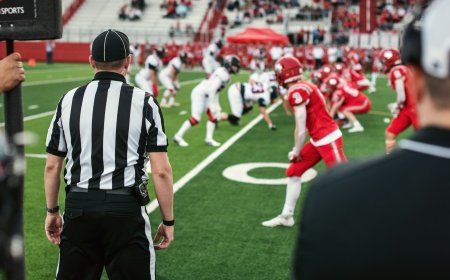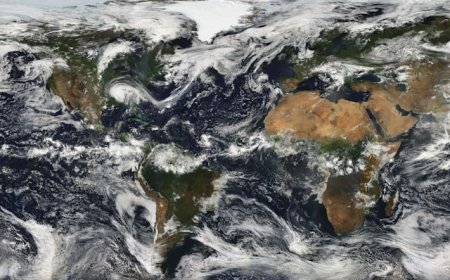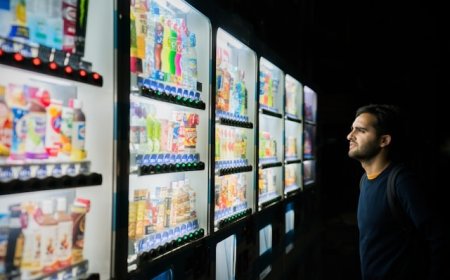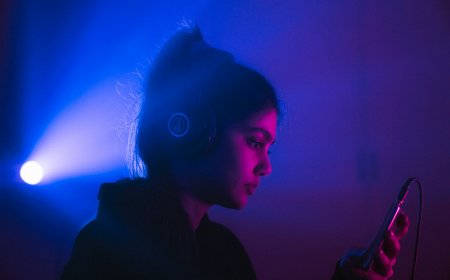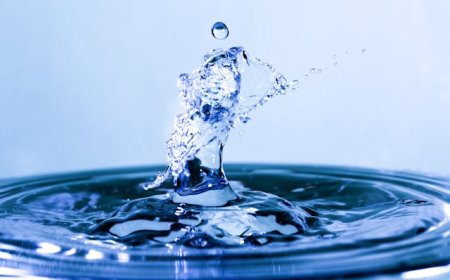The Future of Virtual Reality in Science and History Education | Transforming Classrooms
Discover how virtual reality (VR) is revolutionizing science and history lessons by creating immersive learning experiences. Explore the future of education with cutting-edge VR technology.
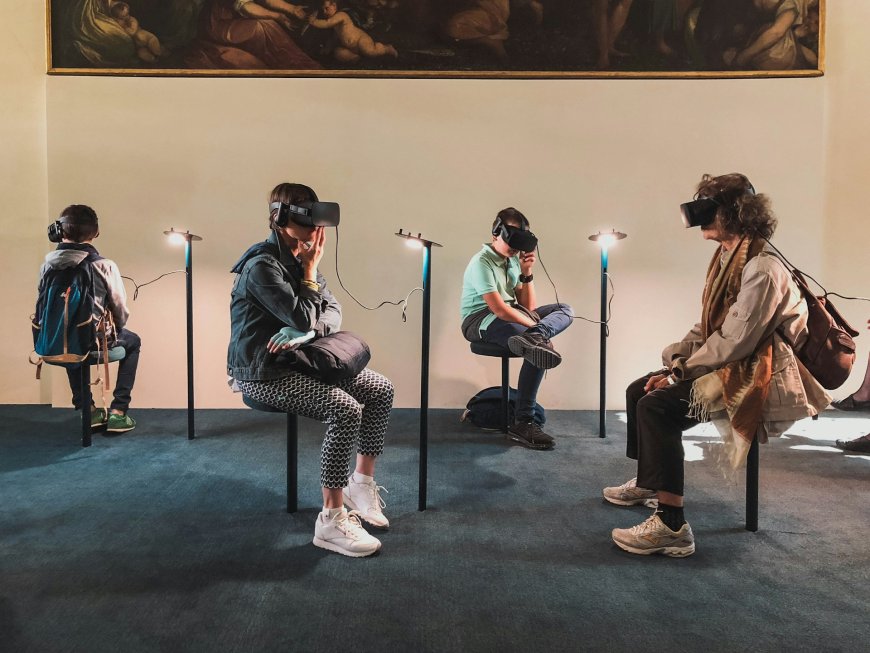
Virtual Reality has transformed numerous fields including the education. It offers a powerful tool for enhancing learning experiences. It provides better understanding of subjects like science and history. It is reshaping the traditional classrooms with advancement in technology and provides better learning experience for students. It is a powerful educational tool with the potential to revolutionize how we teach and learn science and history
Virtual Reality has improved student engagement and knowledge retention. Traditional learning methods often struggle to maintain student interest especially among younger generations. For example, a biology student can explore a 3D model of the human heart that will help him to identify its chambers and watching it pump in real-time. So students actively participate in the learning process.
In science, virtual reality helps in exploring the human circulatory system from inside. It provides observation how red blood cells transport oxygen. Students can interact with molecules and conduct chemistry experiments in virtual labs. In history, it can recreate ancient civilizations, key historical events and archaeological sites. It provides imagination of walking through the streets of ancient Rome and exploring the pyramids of Giza.
Personalization of the learning experience is an important feature of virtual reality. Students who struggle with traditional methods can benefit from it. Complex topics can be broken down into interactive modules. Moreover, teachers can track student performance within virtual reality applications. It helps to identify the areas where individual learners might need additional support.
One of the greatest advantages of virtual reality is its ability to democratize access to resources. In many parts of the world, students may not have the opportunity to visit museums, laboratories or historical sites. It can bridge that gap by offering virtual access to experiences that would otherwise be logistically or financially impossible. For example, rural schools with limited science lab equipment can use virtual reality simulations for chemistry and physics experiments.
What's Your Reaction?
 Like
5
Like
5
 Dislike
0
Dislike
0
 Love
1
Love
1
 Funny
0
Funny
0
 Angry
0
Angry
0
 Sad
0
Sad
0
 Wow
0
Wow
0
